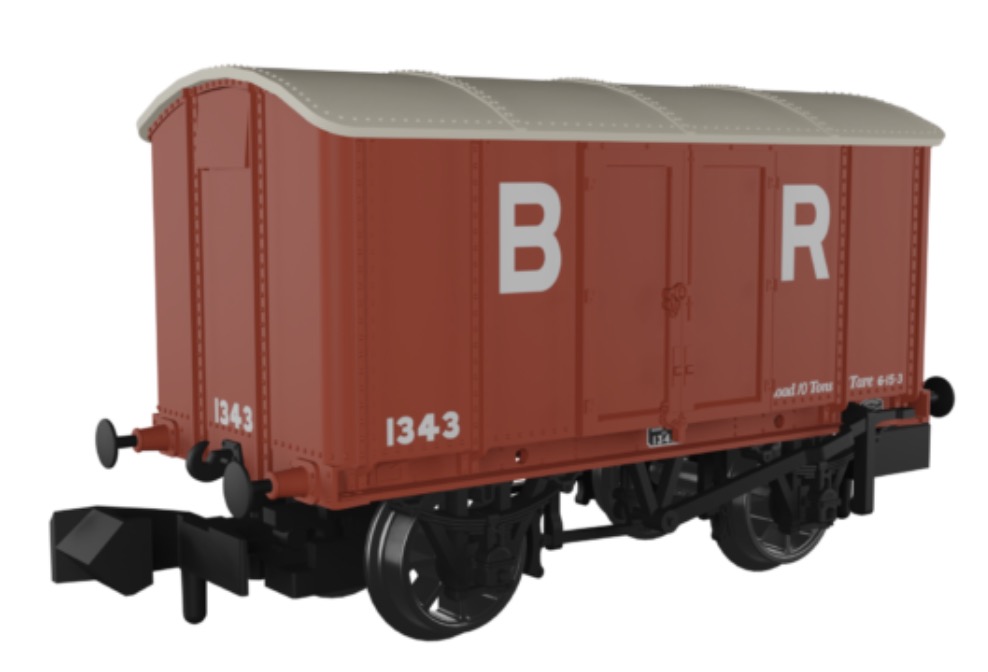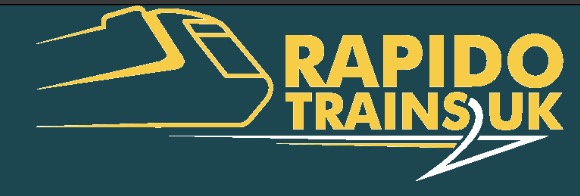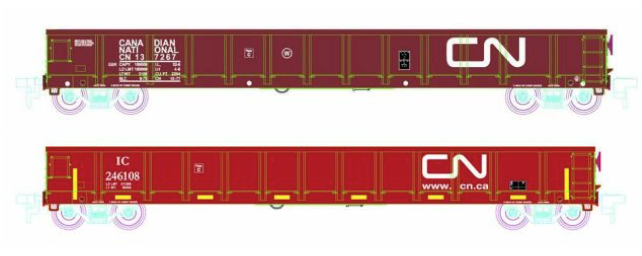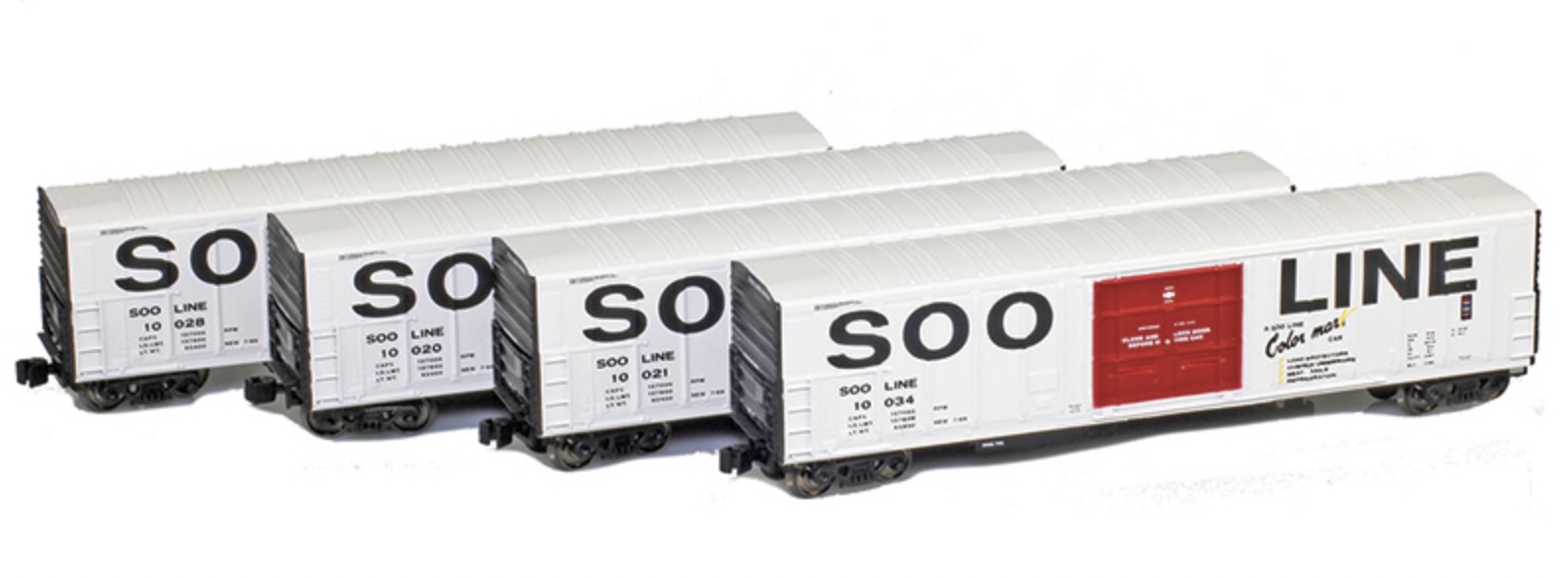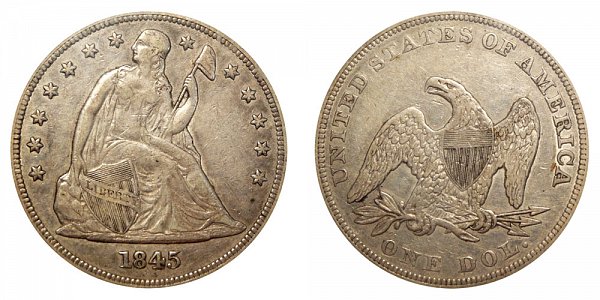Rapido Trains UK - 961009-B - Covered Wagon, Iron Mink, 10-Ton - Barry Railway - 1343
| Production Type | Announced |
| Stock Number | 961009-B |
| Brand | Rapido Trains UK |
| Manufacturer | Rapido Trains UK |
| Body Style | Rapido Covered Wagon Iron Mink |
| Prototype | Covered Wagon, Iron Mink, 10-Ton |
| Road or Company Name | Barry Railway (Details) |
| Reporting Marks | BR |
| Road or Reporting Number | 1343 |
| Paint Color(s) | Red with Beige Roof |
| Print Color(s) | White |
| Paint Scheme | Fantasy Scheme |
| Coupler Type | Rapido Hook NEM Standard Pocket |
| Coupler Mount | Body-Mount |
| Wheel Type | Nickel-Silver Plated Metal |
| Wheel Profile | Small Flange (Low Profile) |
| Multipack | Yes |
| Multipack Count | 3 |
| Multipack ID Number | 961009 |
| Multipack Element | 2 |
| Item Category | Rolling Stock (Freight) |
| Model Type | Covered Wagon |
| Model Subtype | 10-Ton |
| Model Variety | Metal, Iron Mink |
| Scale | 1/148 |
| Track Gauge | N standard |
Specific Item Information:
Road Numbers: Wagon 1 – Taff Vale No.5352 (end vents, double sided 4-shoe brakes and standard doors) Wagon 2 – Barry Railway No.1343 (end vents, double sided 4-shoe brakes and standard doors) Wagon 3 – Cambrian Railway No.139 (plated end vents, single sided 2-shoe brakes and GPV doors)
Road Name History:
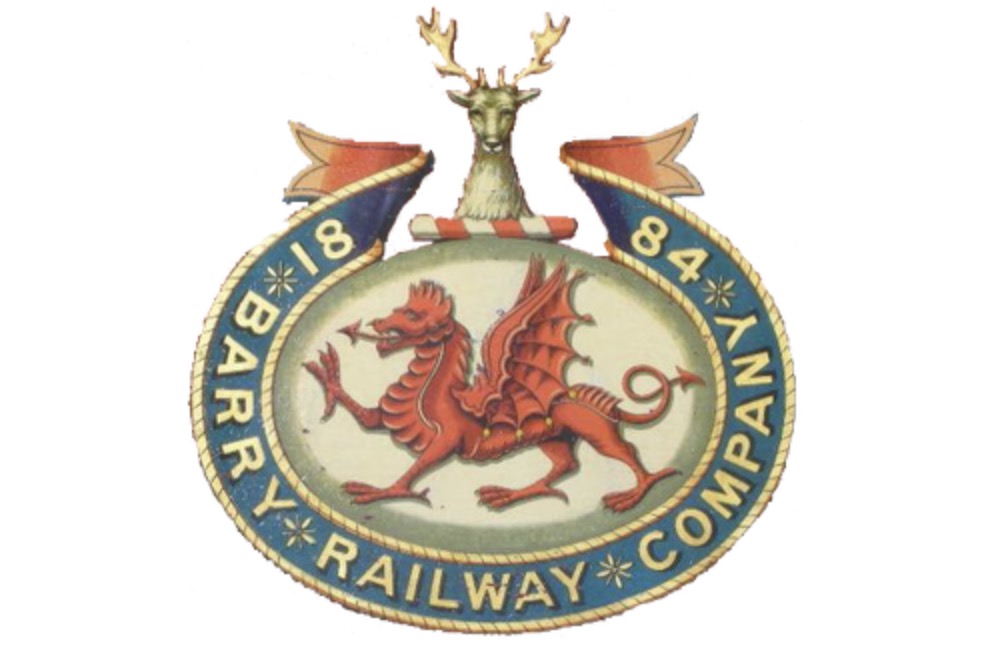 The Barry Railway Company was a railway and docks company in South Wales, first incorporated as the Barry Dock and Railway Company in 1884. It arose out of frustration among Rhondda coal owners at congestion and high charges at Cardiff Docks as well the monopoly held by the Taff Vale Railway in transporting coal from the Rhondda. In addition, the Taff Vale did not have the required capacity for the mineral traffic using the route, leading to lengthy delays in getting to Cardiff.
The Barry Railway Company was a railway and docks company in South Wales, first incorporated as the Barry Dock and Railway Company in 1884. It arose out of frustration among Rhondda coal owners at congestion and high charges at Cardiff Docks as well the monopoly held by the Taff Vale Railway in transporting coal from the Rhondda. In addition, the Taff Vale did not have the required capacity for the mineral traffic using the route, leading to lengthy delays in getting to Cardiff.
The Barry Railway opened its main line from Trehafod in the Rhondda to Barry in 1889 and its first dock was opened in the same year, with modern loading equipment. It was immediately successful and principally carried coal, the tonnage increased year on year, so that by 1910 it had overtaken Cardiff as the largest export point of South Wales coal and in 1913, a world record of shipment of 11.09 million long tons (11.27 million tonnes) of coal were exported. Later it built costly branches to connect to the Rhymney and Brecon & Merthyr Railways.
Although chiefly a mineral railway, it ran a suburban passenger service from Barry to Cardiff. After 1918 the South Wales coal industry declined and the Barry Railway suffered accordingly. After the grouping of the railways in 1922 the Great Western Railway sought rationalisation, and the main line of the Barry Railway, which duplicated the ex-Taff Vale main line between Treforest and Trehafod, was 'run down', the passenger service via Tonteg Junction to Trehafod and Porth being terminated between Tonteg Junction and Hafod Junction in 1930 but freight traffic continued until June 1951, the line from Tonteg Junction via the Graig tunnel and station having been singled in its twilight years. Thus from June 1951, all traffic from the south ran to Pontypridd and beyond via the Tonteg Junction-Treforest Junction section from Barry or Llantrisant. Track was thus lifted later between Tonteg Junction and Trehafod (Hafod Junction). The line from Barry to Cogan, near Penarth, is in use at the present day carrying a busy passenger service to Cardiff and valleys.From Wikipedia

The Barry Railway opened its main line from Trehafod in the Rhondda to Barry in 1889 and its first dock was opened in the same year, with modern loading equipment. It was immediately successful and principally carried coal, the tonnage increased year on year, so that by 1910 it had overtaken Cardiff as the largest export point of South Wales coal and in 1913, a world record of shipment of 11.09 million long tons (11.27 million tonnes) of coal were exported. Later it built costly branches to connect to the Rhymney and Brecon & Merthyr Railways.
Although chiefly a mineral railway, it ran a suburban passenger service from Barry to Cardiff. After 1918 the South Wales coal industry declined and the Barry Railway suffered accordingly. After the grouping of the railways in 1922 the Great Western Railway sought rationalisation, and the main line of the Barry Railway, which duplicated the ex-Taff Vale main line between Treforest and Trehafod, was 'run down', the passenger service via Tonteg Junction to Trehafod and Porth being terminated between Tonteg Junction and Hafod Junction in 1930 but freight traffic continued until June 1951, the line from Tonteg Junction via the Graig tunnel and station having been singled in its twilight years. Thus from June 1951, all traffic from the south ran to Pontypridd and beyond via the Tonteg Junction-Treforest Junction section from Barry or Llantrisant. Track was thus lifted later between Tonteg Junction and Trehafod (Hafod Junction). The line from Barry to Cogan, near Penarth, is in use at the present day carrying a busy passenger service to Cardiff and valleys.From Wikipedia
Item created by: CNW400
on 2024-01-11 15:50:07
If you see errors or missing data in this entry, please feel free to log in and edit it. Anyone with a Gmail account can log in instantly.
If you see errors or missing data in this entry, please feel free to log in and edit it. Anyone with a Gmail account can log in instantly.


